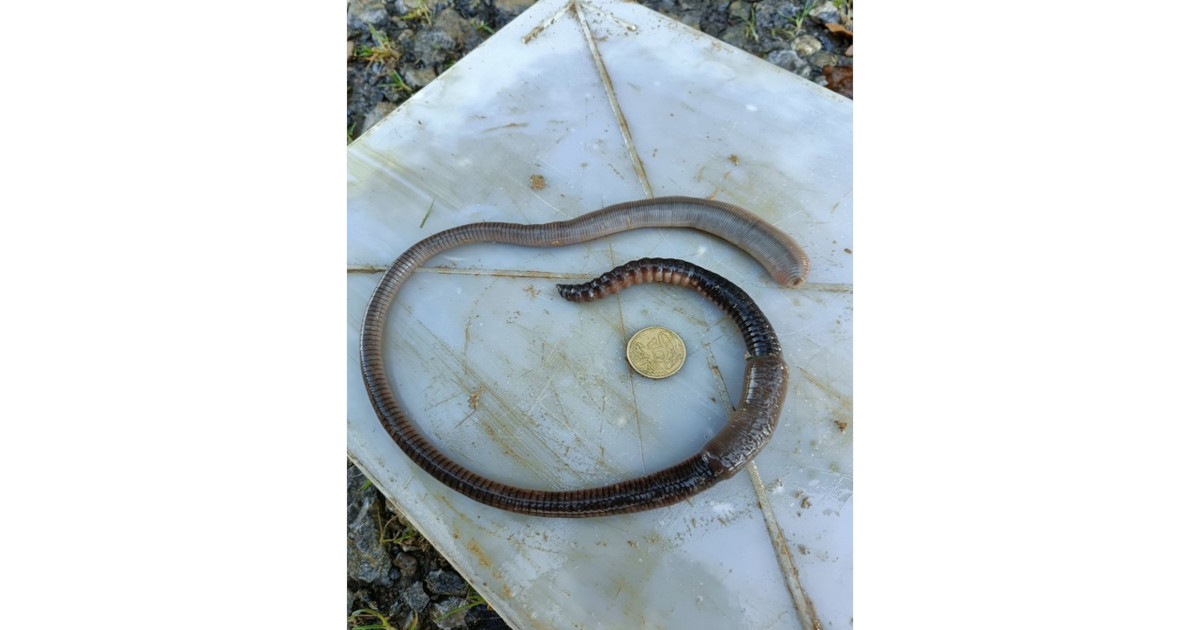Molecular Phylogeny and Evolution of Earthworms
A special issue of Diversity (ISSN 1424-2818). This special issue belongs to the section "Phylogeny and Evolution".
Deadline for manuscript submissions: closed (31 October 2022) | Viewed by 17589

Special Issue Editor
Special Issue Information
Dear Colleagues,
Earthworms (Annelida, Crassiclitellata) are an ancient (more than 200 Mya old—Erséus et al. 2019), highly diverse (more than 6000 species in 18 families—Anderson et al. 2017), and widely distributed group that usually constitute the dominant element of soil communities. Despite their ecological relevance, there remains a strong taxonomic deficit related to the inaccessibility of their habitat. In addition, their morphology is challenging to taxonomize due to pervasive convergence and homoplasy, usually confounding phylogenetic relationships and hiding cryptic diversity. Thus, the advent of molecular phylogenetic techniques has allowed us to surpass these limitations, shedding light on the origin, diversification, and evolutionary relationships of earthworm taxa. Yet, the application of these techniques to the topic is far from being widespread, while countless questions stand unanswered. These involve all the different taxonomic levels: where and when did the different families originate and diversify? Why are different earthworm genera so much more diverse than others? What variables explain the contrasting phylogeographic patterns observed in different earthworm species?—and that’s just a start.
This Special Issue seeks to bring together significant contributions to our understanding of the evolution of earthworms, stemming from the application of the diverse range of molecular phylogenetic techniques (barcoding, multilocus phylogenetics, NGS) to the whole spectrum of earthworm diversity. We invite you to submit a paper including any of these topics, from a molecular-phylogenetics-guided alpha taxonomy to integrative systematic revisions, phylogeography, or comparative phylogenetic methods across different families. Please do not hesitate to contact the editorial team if you have any questions.
Dr. Daniel Fernández Marchán
Guest Editor
Manuscript Submission Information
Manuscripts should be submitted online at www.mdpi.com by registering and logging in to this website. Once you are registered, click here to go to the submission form. Manuscripts can be submitted until the deadline. All submissions that pass pre-check are peer-reviewed. Accepted papers will be published continuously in the journal (as soon as accepted) and will be listed together on the special issue website. Research articles, review articles as well as short communications are invited. For planned papers, a title and short abstract (about 100 words) can be sent to the Editorial Office for announcement on this website.
Submitted manuscripts should not have been published previously, nor be under consideration for publication elsewhere (except conference proceedings papers). All manuscripts are thoroughly refereed through a single-blind peer-review process. A guide for authors and other relevant information for submission of manuscripts is available on the Instructions for Authors page. Diversity is an international peer-reviewed open access monthly journal published by MDPI.
Please visit the Instructions for Authors page before submitting a manuscript. The Article Processing Charge (APC) for publication in this open access journal is 2600 CHF (Swiss Francs). Submitted papers should be well formatted and use good English. Authors may use MDPI's English editing service prior to publication or during author revisions.
Keywords
- earthworms
- evolution
- molecular phylogenetics
- integrative taxonomy
- barcoding
- phylogenomics
- multilocus phylogenies
- phylogeography
- historical biogeography





